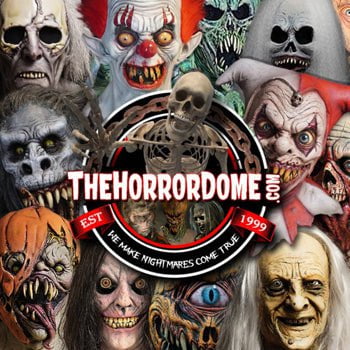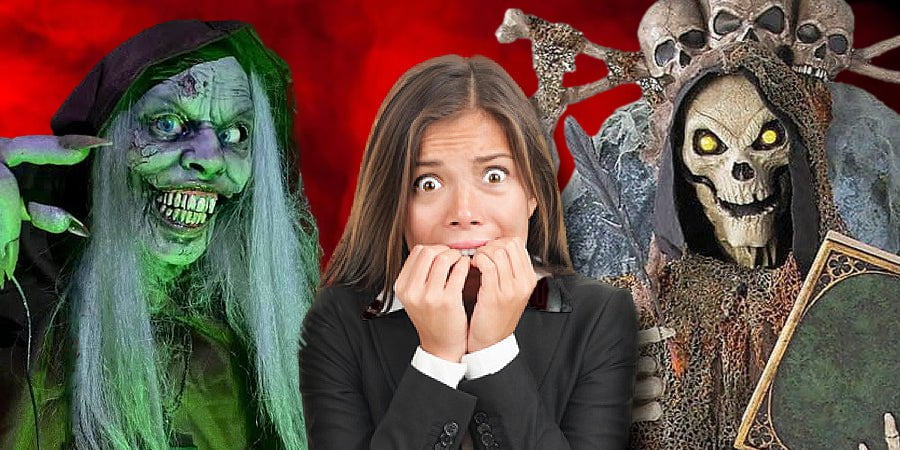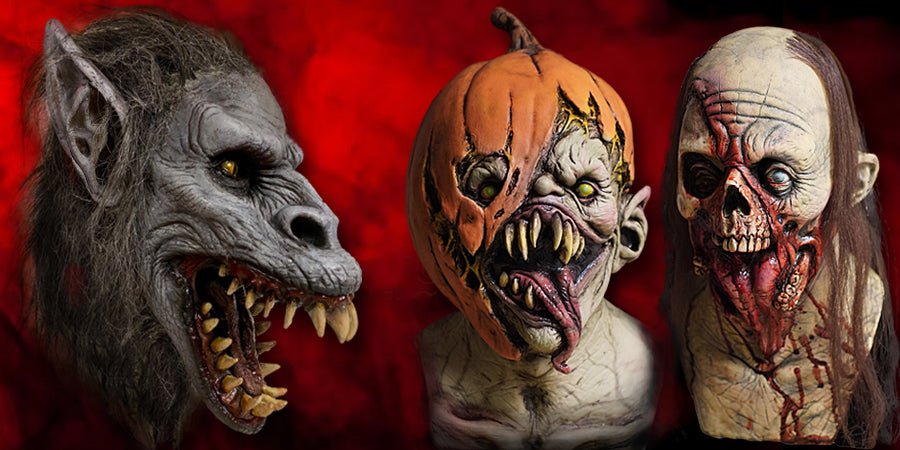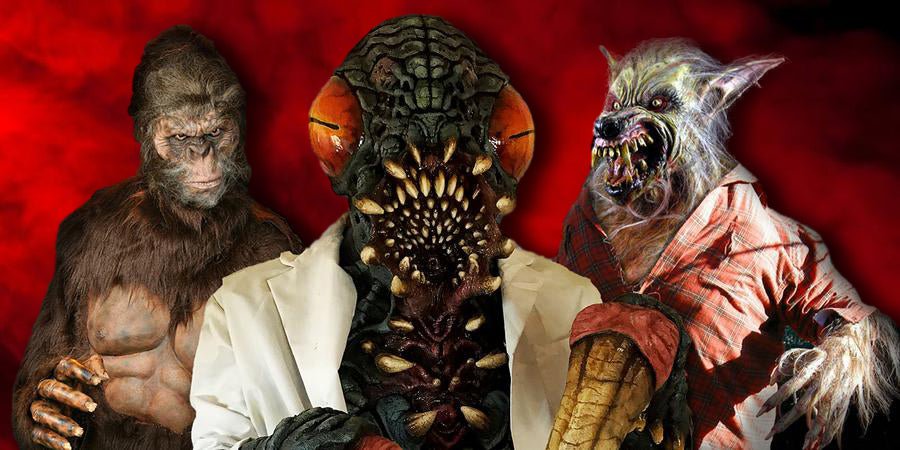Behind the Screams: How Horror Animatronics Bring Haunted Houses to Life
Behind the Screams: How Horror Animatronics Bring Haunted Houses to Life
When guests step into a haunted house, they expect more than dim lighting and cobwebs they crave immersive scares that feel alive. While actors deliver raw fear, it’s the animatronics that provide consistency, surprise, and unforgettable moments. From towering reapers to lunging clowns, animatronic props are the backbone of modern haunts, transforming static rooms into terrifying experiences.
At The Horror Dome, our animatronics are designed to shock, surprise, and immerse. Here’s a behind-the-scenes look at how these mechanical monsters bring haunted houses to life.
The Power of Motion
Still props set the scene, but movement creates panic. The human brain reacts instinctively to motion, which is why animatronics trigger such powerful responses.
-
A reaper’s scythe swinging in the dark.
-
A werewolf lunging from the shadows.
-
A clown bursting into laughter as guests walk by.
These movements surprise guests when they least expect it, producing screams and laughter in equal measure.
👉 Explore our full collection of Halloween Animatronics.
Consistency That Never Tires
Actors bring personality, but they can’t repeat the same scare flawlessly hundreds of times a night. Animatronics, on the other hand, deliver the same powerful scare over and over — no fatigue, no breaks.
This makes them essential investments for both professional haunted attractions and home yard haunts.
Key Types of Horror Animatronics
1. Entrance Guardians
Props like Reaper’s Ride tower over guests, creating a dramatic opening moment.
2. Jump Scare Animatronics
Lunging creatures or sudden movements (think werewolves or ghouls) make guests leap out of their skin.
3. Interactive Animatronics
Characters that respond to sound or motion sensors keep guests guessing which props are “alive.”
4. Scene Builders
Props like witches stirring cauldrons or zombies clawing out of the ground add realism to themed environments.
Behind the Design
Building animatronics is part artistry, part engineering.
-
Sculpted Realism – Every wrinkle, fang, and claw is hand-crafted to look terrifying under haunt lighting.
-
Mechanical Precision – Motors and pneumatics ensure smooth, believable movements.
-
Durability – Animatronics must survive long nights in demanding environments.
The result is a prop that feels alive and holds up through entire seasons of scares.
How to Use Animatronics in Your Haunt
Create Focal Points
Towering props like the 8.5 Ft Animated Scarecrow anchor rooms and yards, giving guests a centerpiece they can’t ignore.
Build Suspense
Hide animatronics in corners or shadows where guests aren’t expecting movement. A sudden lunge in a fog-filled hallway creates maximum panic.
Layer Atmosphere
Not every animatronic has to jump or scream. Subtle movements, like rocking dolls or slowly turning heads, build unease.
Why Animatronics Sell Fear
Animatronics combine predictability for haunt owners with unpredictability for guests. Owners know their animatronics will work night after night, while guests never know which prop will suddenly spring to life.
They:
-
Guarantee repeatable scares.
-
Elevate production value.
-
Create social media buzz (guests love filming them).
Tips for Haunt Owners
-
Blend Actors and Animatronics – Use animatronics to set the stage, and actors to deliver the final scare.
-
Maintain Regularly – Check wiring, joints, and costumes for wear and tear.
-
Pair with Effects – Use fog, strobe lights, and sound effects to amplify movement.
Behind every scream in a haunted house is a carefully crafted scare. Horror animatronics don’t just decorate — they bring nightmares to life. Whether it’s a towering reaper, a lunging werewolf, or a sinister clown, animatronics guarantee screams, social shares, and unforgettable experiences.
⚡ Explore The Horror Dome’s Animatronics Collection today and take your haunt from scary to legendary.









Leave a comment